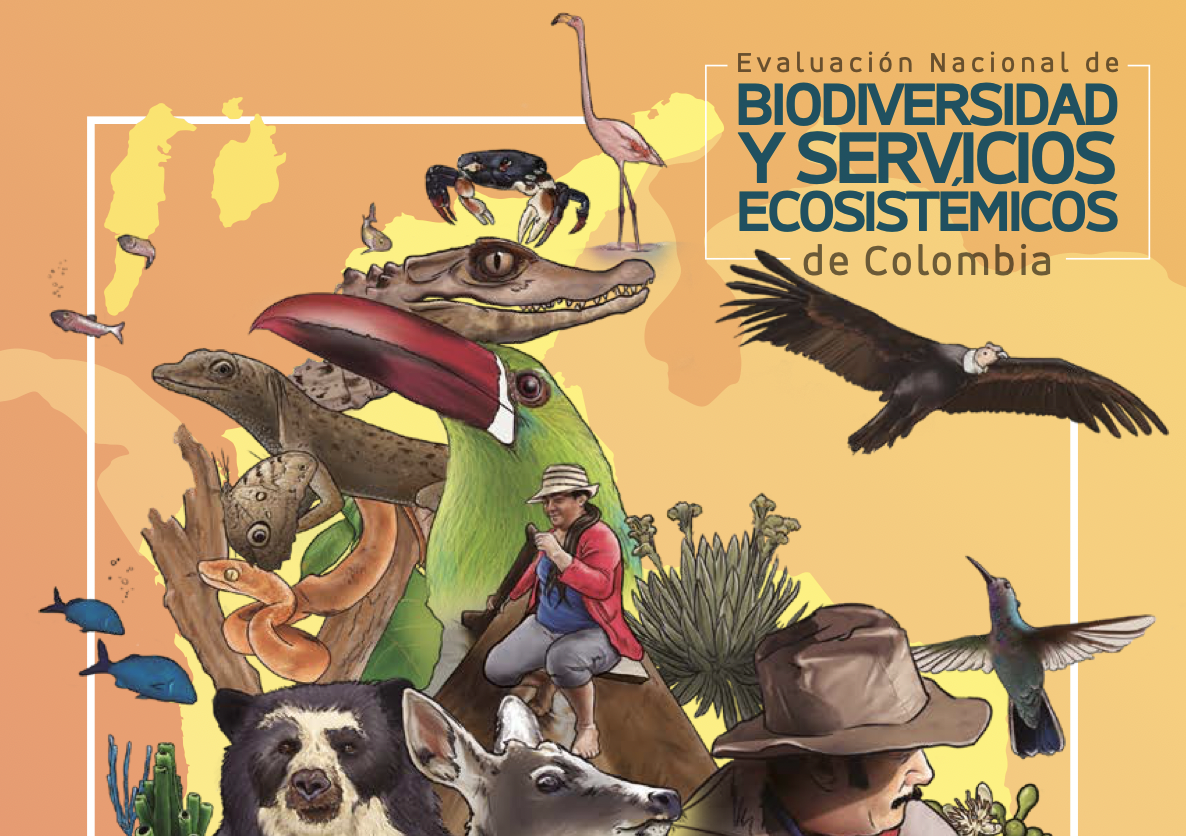- The conservation of freshwater ecosystems has lagged behind that of marine and terrestrial ecosystems and often requires the integration of large-scale approaches and transboundary considerations. This study aims to set the foundations of a spatial conservation strategy by identifying the most important catchments for the conservation of freshwater biodiversity in Europe.
- Using data on 1296 species of fish, mollusk, donate, and aquatic plant, and the key biodiversity area criteria (species Red List status, range restriction, and uniqueness of species assemblages), we identified a network of Critical Catchments for the conservation of freshwater biodiversity. Applying spatial prioritization, we show how the prioritized network differs from the ideal case of protecting all Critical Catchments and how it changes when protected areas are included, and we also identify gaps between the prioritized network and existing protected areas.
- Critical Catchments (n = 8423) covered 45% of the area of Europe, with 766 qualifyings (‘trigger’) species located primarily in southern Europe. The prioritized network, limited to 17% of the area of Europe, comprised 3492 catchments mostly in southern and eastern Europe, and species targets were met for at least 96% of the trigger species.
- We found the majority of Critical Catchments to be inadequately covered by protected areas. However, our prioritized network presents a possible solution to augment protected areas to meet policy targets while also achieving good species coverage.
- Policy implications. While Critical Catchments cover almost half of Europe, priority catchments are mostly in southern and eastern Europe where the current level of protection is not sufficient. This study presents a foundation for a Europe-wide systematic conservation plan to ensure the persistence of freshwater biodiversity. Our study provides a powerful new tool for optimizing investment in the conservation of freshwater biodiversity and for meeting targets set forth in international biodiversity policies, conventions, and strategies.
Critical catchments for freshwater biodiversity conservation in Europe: Identification, prioritisation and gap analysis
Year: 2016

































































































































































































































































































































































































































































































































































































































































































































































































































































































































































































































